Are Private Jets More Or Less Turbulence During Flight? Private jets have less turbulence during flight, this flying machine experiences less turbulence due to higher altitude. A fascinating question that has piqued the curiosity of many luxury jet aficionados and frequent fliers.
Whether you’re a globetrotter constantly battling turbulence-induced anxiety, or simply an enthusiast seeking insight into the refined world of private aviation, this riveting discussion is bound to grasp your attention.
As you dive into the hidden realm of atmospheric dynamics, unraveling the intricacies that determine the turbulence experienced during flight. You’ll begin to explore the captivating interplay between the earth’s natural forces and the world of aeronautical design.
This journey of discovery is peppered with jaw-dropping revelations and enlightening comparisons, as we delve into the nuances of flying in opulent private jets versus their commercial counterparts.
Together, we’ll demystify the enigmatic turbulence phenomenon, while uncovering the unique attributes that set private jets apart.
Prepare to be awestruck as we examine the factors that contribute to the quintessential private jet experience – serenity, stability, and safety – potentially leading you to reconsider your mode of air travel.
So, fasten your seatbelts and embark on this exhilarating intellectual adventure, as we scrutinize and unveil the answer to the burning question.
Are Private Jets More Or Less Turbulent During Flight? Discover the surprising truth and decide for yourself if it’s time to elevate your in-flight expectations.
Top pick
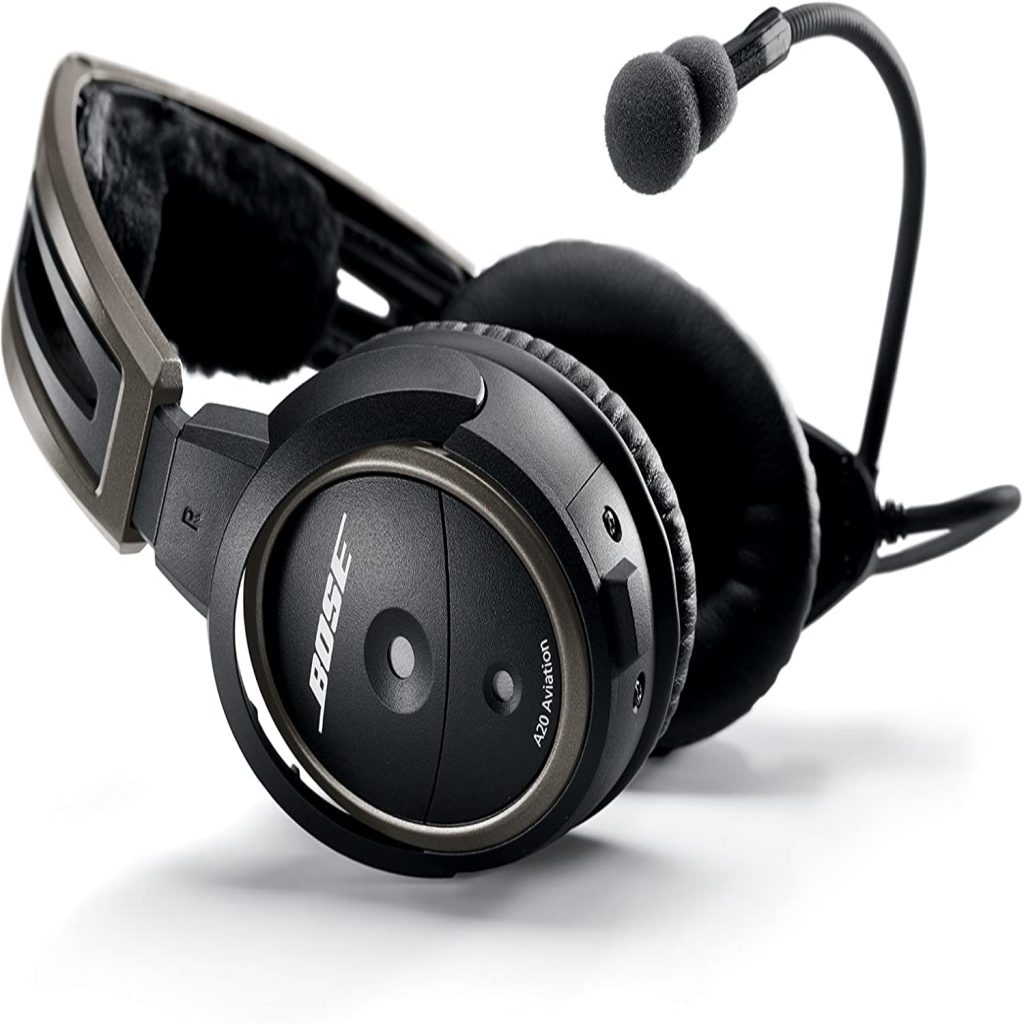
Editor’s choice
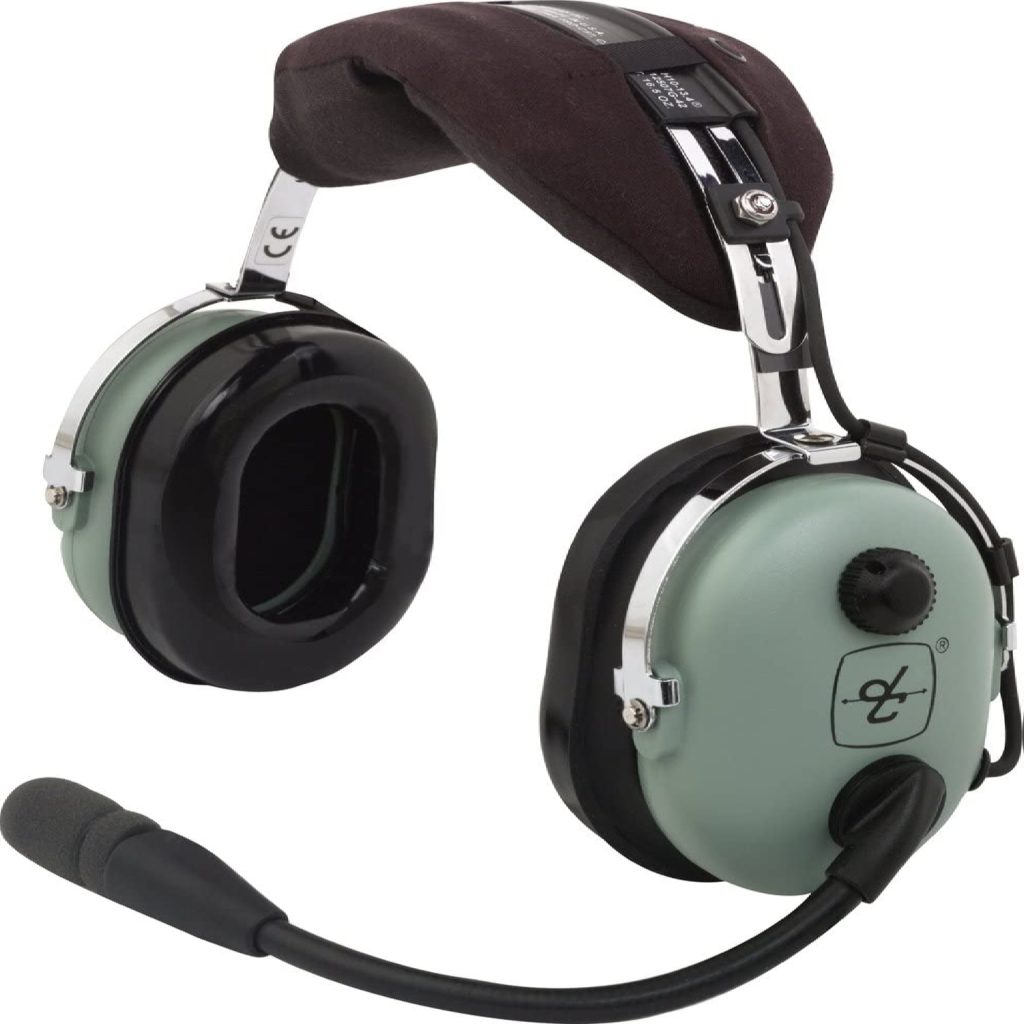
Best value

Understanding turbulence
Definition and causes of turbulence
Turbulence is defined as irregular air movement or disturbances within the Earth’s atmosphere. Several factors can cause turbulence, such as weather patterns, air currents, and even the wake of other aircraft.
Turbulence, a common phenomenon experienced by air travelers, often leads to varying degrees of discomfort or apprehension.
These disturbances arise from the interplay between different air masses, temperature gradients, and pressure variations within the Earth’s atmosphere.
Additionally, topographical features like mountains, valleys, and large bodies of water can influence airflow, intensifying turbulence as wind patterns interact with such landforms.
Furthermore, human-made structures, such as skyscrapers, also disrupt wind flow, generating localized turbulence.
Despite being mostly harmless, turbulence remains an essential aspect of atmospheric dynamics research, as understanding its intricacies can lead to improved flight safety, weather forecasting, and climate modeling.
Affordable private jet offers
Different types of turbulence
There are several types of turbulence, including clear air turbulence, convective turbulence, and wake turbulence. Each type can result in different flight experiences depending on the specific conditions and aircraft involved.
Clear air turbulence (CAT) is perhaps the most elusive, as it occurs without any visible warning signs, such as clouds or storms. It is often caused by the collision of different air masses or jet streams, making it difficult to predict and avoid.
Convective turbulence, on the other hand, is more easily identifiable due to its association with thunderstorms and the rapid updrafts and downdrafts they produce.
This type of turbulence can be highly disruptive to a flight but can usually be circumvented with proper weather monitoring and route planning.
Wake turbulence, which is generated by the passage of another aircraft through the air, can also impact a flight’s experience, especially when planes fly in close proximity.
The size and design of the aircraft, as well as the distance between them, can dictate the severity of wake turbulence experienced. To minimize its effects, air traffic controllers employ strategic spacing protocols and flight paths.
Overall, understanding and mitigating these various types of turbulence play a crucial role in ensuring passenger safety and comfort during air travel.
How turbulence affects different aircraft
Aircraft size, weight, and design all play a role in determining how turbulence will impact a flight. Smaller, lighter planes may experience more significant effects from turbulence than larger, heavier aircraft.
Furthermore, the aircraft’s structural components, such as wings and stabilizers, influence its ability to withstand turbulence. Advanced aerodynamic design and materials in modern aircraft can help minimize the impact.
However, pilots must still rely on their expertise and technology, such as radar and weather forecasts, to navigate turbulent conditions safely and efficiently.
Also see: Safest Private Aircraft in the World
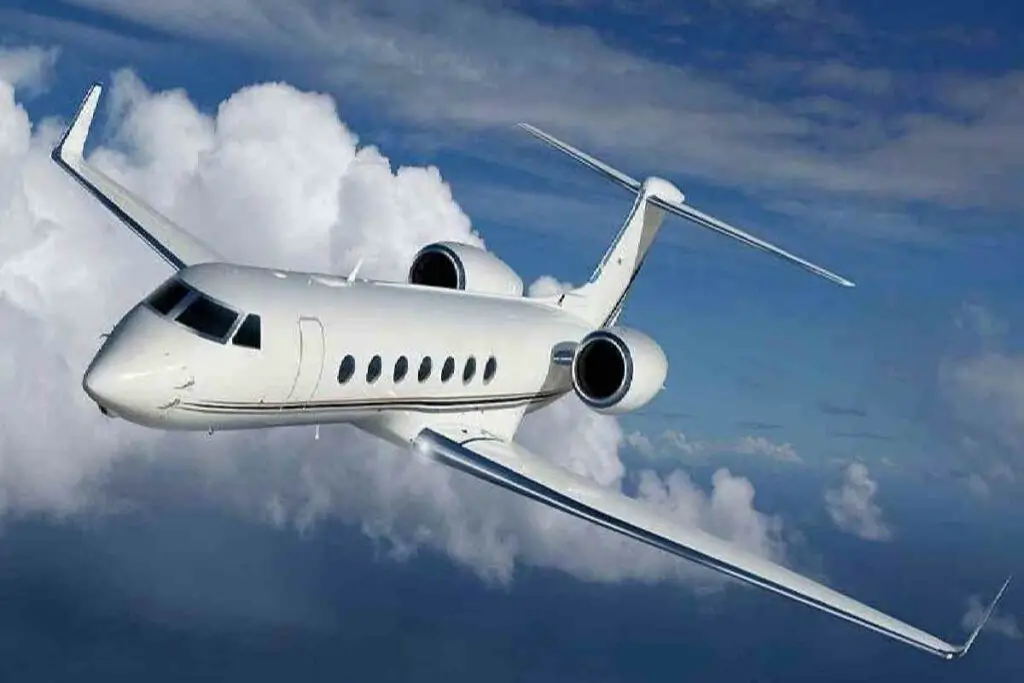
Private Jets vs. Commercial airplanes: Design and features
Aerodynamics and structural differences
Private jets are designed with a focus on efficiency and performance, featuring sleek aerodynamics and lightweight materials. These design features help to minimize the impact of turbulence on the aircraft and its passengers.
Private jets also boast advanced avionics and engine technology, further enhancing fuel efficiency and reducing emissions. The luxurious interiors, tailored to meet individual preferences, ensure maximum comfort for passengers during travel.
Additionally, their ability to access smaller airports offers unrivaled flexibility and convenience, making private aviation an increasingly popular choice for discerning travelers.
Advanced technology for smooth rides
Modern private jets come equipped with advanced technology, such as active winglets and gust suppression systems. These innovations help reduce the effects of turbulence and create a more comfortable flight experience.
Furthermore, contemporary private jets feature cutting-edge cabin pressurization systems, noise reduction technologies, and advanced avionics. These enhancements ensure optimal passenger comfort, minimize fatigue, and provide smoother navigation.
In addition, state-of-the-art satellite communication systems enable seamless connectivity, ensuring that passengers remain productive and entertained throughout their journey.
Luxurious cabins built for comfort
Private jet cabins are designed with comfort in mind, featuring luxurious furnishings and spacious layouts. Passengers can enjoy a more relaxed and enjoyable flight even in the face of turbulence.
These bespoke interiors boast plush seating, state-of-the-art entertainment systems, and personalized climate control, ensuring ultimate satisfaction throughout the journey.
Tailored to individual preferences, private jet cabins create an exclusive sanctuary, allowing passengers to unwind and experience unparalleled tranquility, making even the most turbulent flights remarkably smoother and more pleasant.
Top pick
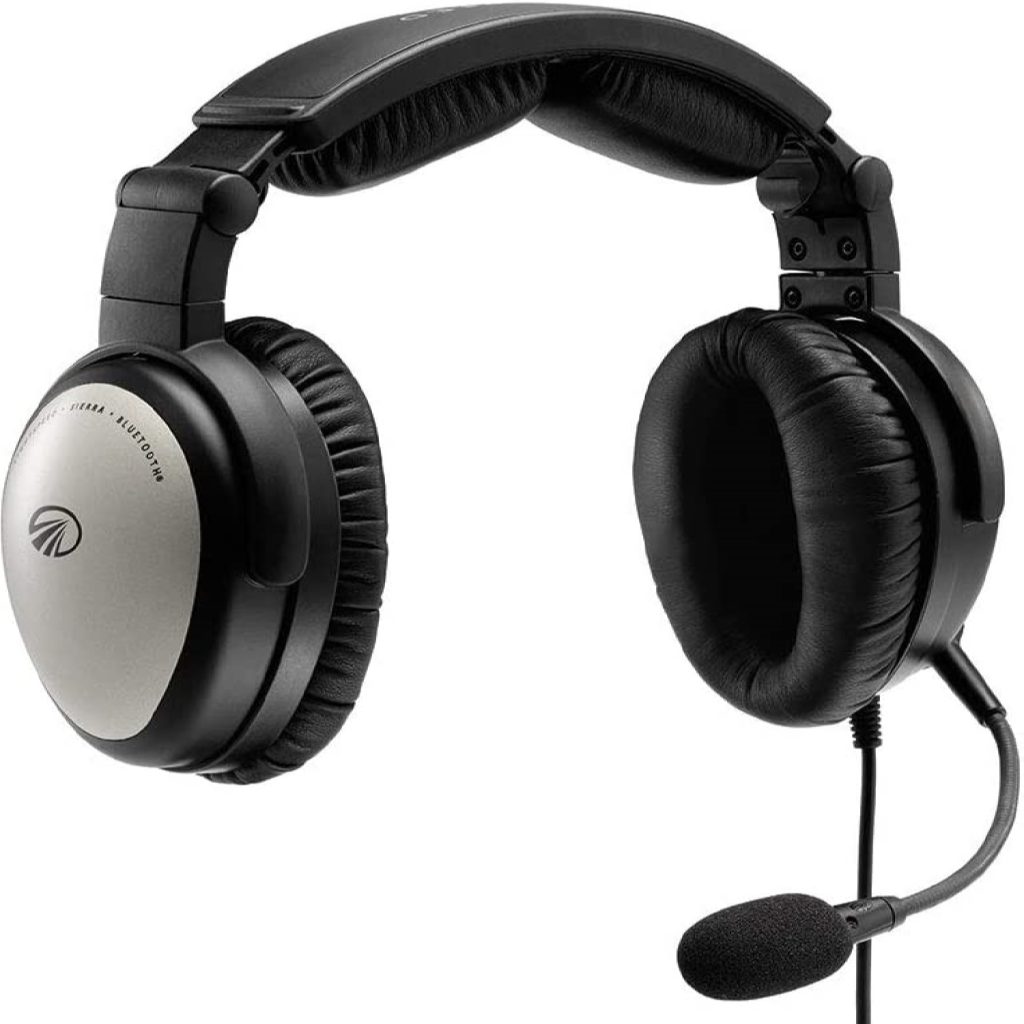
Editor’s choice

Best value
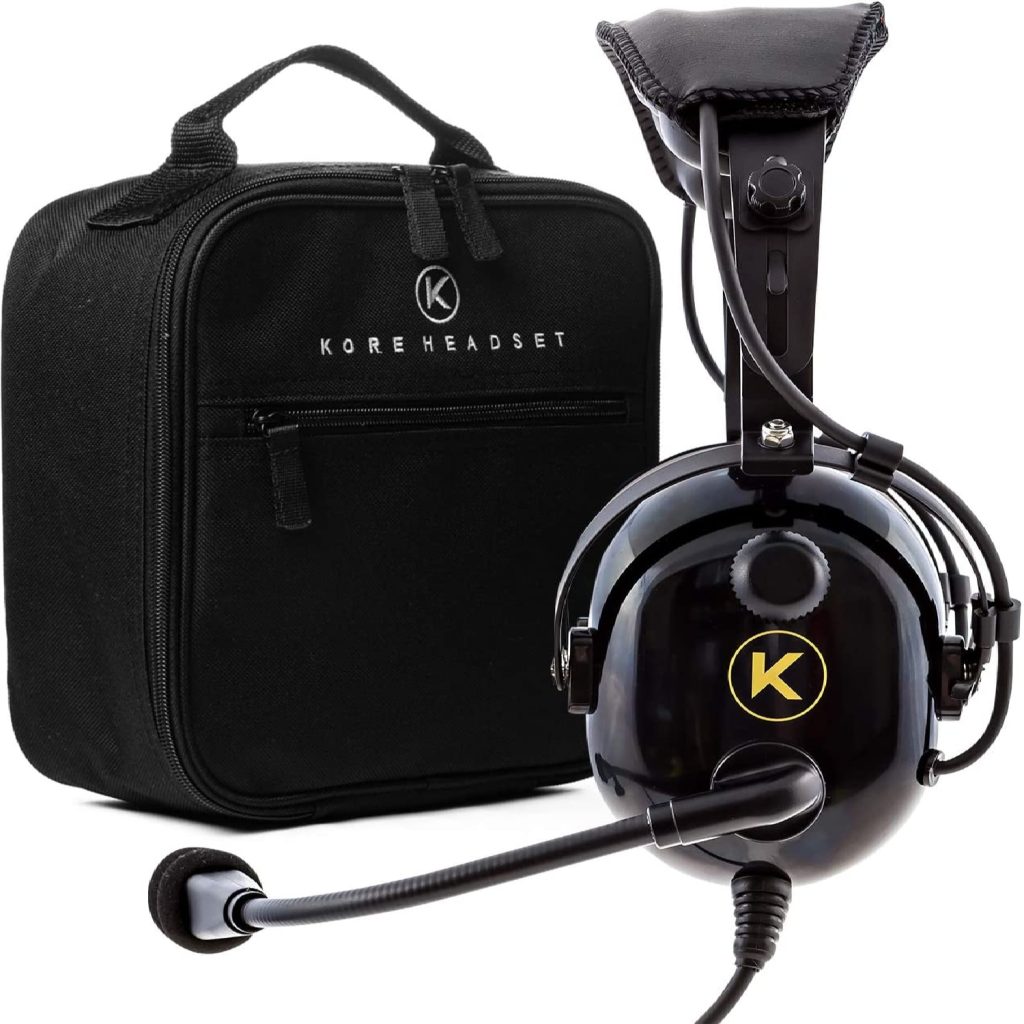
Flight altitudes and turbulence
Comparing flight altitudes of private jets and commercial flights
Private jets typically fly at higher altitudes than commercial airplanes, which allows them to avoid congested airspaces and experience smoother flight conditions.
Consequently, private jet passengers enjoy expedited journeys and reduced turbulence. These aircraft often access more direct routes, circumventing layovers and further minimizing travel time.
Additionally, the higher altitudes contribute to enhanced fuel efficiency, resulting in lower emissions and a more eco-conscious travel option. Overall, private jets offer superior comfort and convenience compared to commercial flights.
How altitude affects turbulence experiences
Flying at higher altitudes means private jets can steer clear of certain types of turbulence, such as convective turbulence, which is commonly found at lower elevations.
This not only provides a smoother ride for passengers, but also reduces the wear and tear on the aircraft. Additionally, flying at higher altitudes allows for greater fuel efficiency and can shorten travel time by taking advantage of favorable winds.
However, flying too high can also come with its own set of challenges, such as increased cabin pressure and the need for specialized equipment.

Weather conditions: Friend or foe?
The role of weather in turbulence
Weather conditions play a significant role in the formation of turbulence. Thunderstorms, for example, can produce strong updrafts and downdrafts, leading to bumpy flight conditions.
High wind speeds, jet streams, and temperature differentials also contribute to the formation of turbulence. These factors can create pockets of unstable air that cause aircraft to shake and jolt unpredictably.
Pilots use weather reports and onboard technology to avoid areas of turbulence, but sometimes it cannot be completely avoided, making it essential for passengers to keep their seatbelts fastened at all times during a flight.
How private jet pilots handle adverse weather conditions
Private jet pilots have the flexibility to adjust their flight plans and altitudes to avoid adverse weather conditions, thereby minimizing turbulence experiences for their passengers.
This flexibility also allows private jet pilots to choose the most direct and efficient routes for their flights, which can save time and reduce fuel costs.
Additionally, private jet pilots can often access smaller airports that are not available to commercial airlines, making it easier to reach remote or less popular destinations.
Also see: Which Aviation Headset is the Best?
Air traffic and turbulence
How air traffic congestion impacts turbulence
Air traffic congestion can lead to increased instances of wake turbulence, as planes must navigate in close proximity to one another. Wake turbulence occurs when the wingtip vortices created by an aircraft impact the air behind it.
This turbulence can be hazardous for smaller planes, as it can cause them to roll or flip unexpectedly. The severity of the turbulence depends on the size and weight of the aircraft, and the distance between them.
Pilots are trained to avoid these hazards by keeping a safe distance behind larger planes and avoiding areas of known turbulence.
Why private jets have an edge in avoiding turbulence
Since private jets have more flexibility in choosing their flight routes and altitudes, they can avoid areas of heavy air traffic, thereby minimizing the risk of encountering turbulence.
In addition, private jets often fly at higher altitudes than commercial airlines, which allows them to avoid turbulence caused by weather patterns closer to the ground.
This results in a smoother flight experience for passengers and reduces the likelihood of discomfort or injuries due to turbulence.

Pilot expertise: The human factor
Pilot experience and training in private jets
Private jet pilots typically have extensive experience and specialized training, allowing them to expertly navigate through turbulent conditions while keeping passengers comfortable. In addition to their technical skills, private jet pilots must also possess excellent communication and interpersonal skills.
They often interact directly with clients, coordinating travel itineraries and ensuring their comfort throughout the flight. This requires a high level of professionalism and customer service orientation.
How skilled pilots make a difference in turbulence management
An adept pilot can anticipate and react to turbulent conditions, using their skills and aircraft capabilities to minimize the impact on passengers.
However, even the most skilled pilots cannot always predict the occurrence of severe turbulence, which can pose a risk to both passengers and crew.
In such situations, pilots rely on real-time weather data, communication with air traffic controllers, and their training to make quick decisions and ensure the safety of everyone on board.
Top pick

Editor’s choice
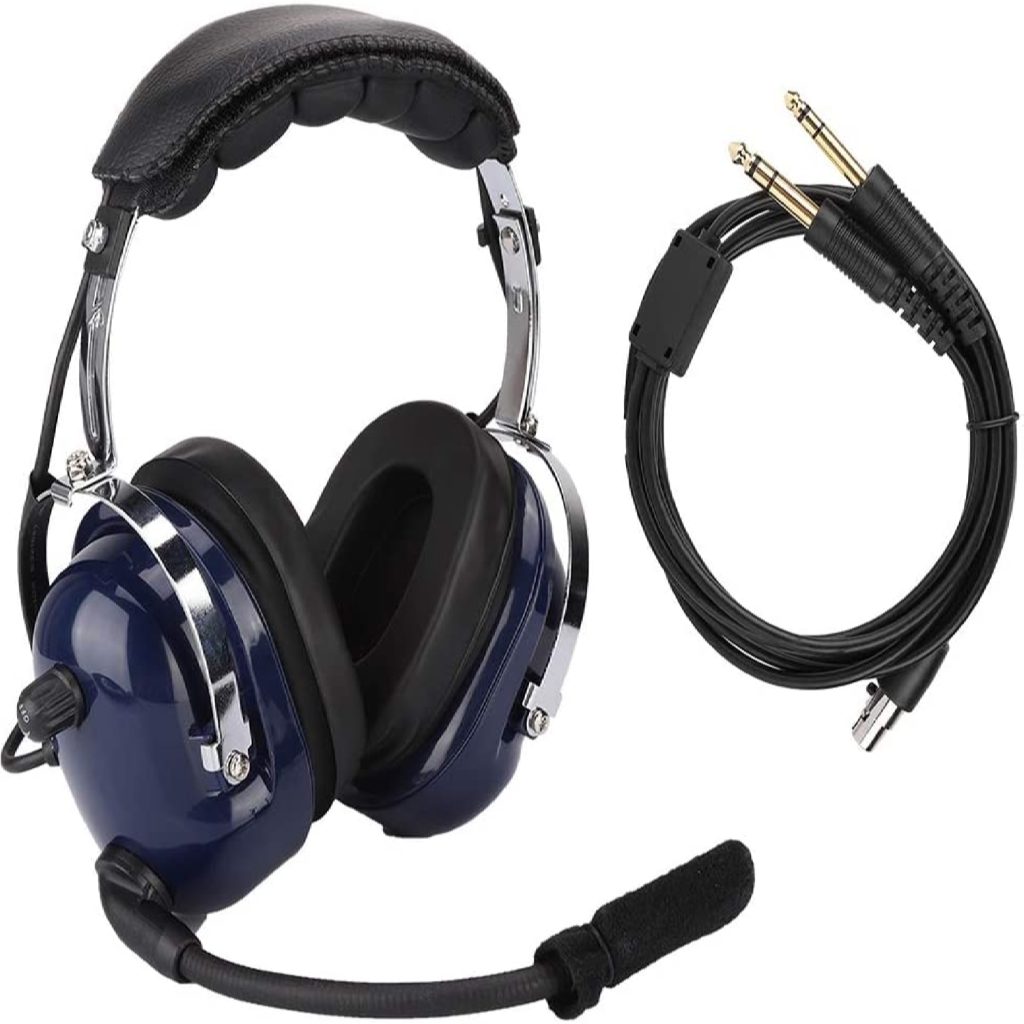
Best value

Private jet models and their performance
Popular private jet models and their turbulence handling capabilities
Some of the most popular private jet models, such as the Gulf stream G650 and the Bombardier Global 7500, are known for their exceptional turbulence handling capabilities, thanks to their advanced aerodynamics and cutting-edge technology.
These features allow passengers to experience a smoother and more comfortable flight, even in the presence of turbulence.
Additionally, these private jets offer spacious cabins, luxurious amenities, and increased privacy, making them a preferred choice for high-net-worth individuals, executives, and celebrities. However, their high price tag and maintenance costs may not be feasible for everyone.
What to look for in a jet’s design for a smoother ride
When selecting a private jet for a smoother ride, consider factors such as advanced wing design, the presence of active winglets, and gust suppression systems.
These features can help minimize turbulence impact and enhance passenger comfort. Additionally, choosing a jet with a spacious cabin and soundproofing can also contribute to a more comfortable flight.
The size and layout of the cabin can affect both the level of comfort and privacy during the flight. Soundproofing can reduce cabin noise, creating a quieter and more relaxing atmosphere.
By taking these factors into consideration, you can select a private jet that will provide the smoothest and most comfortable ride possible.
Top pick

Editor’s choice

Best value

Tips for passengers: Managing turbulence anxiety
Coping strategies for nervous flyers
For those who experience anxiety related to turbulence, consider implementing some coping strategies such as deep breathing exercises, visualization techniques, and mindfulness meditation to help alleviate stress and fear.
Other potential coping strategies to manage anxiety during turbulence may include distracting oneself with music or a good book, talking to a trusted friend or therapist, or taking prescribed anti-anxiety medication.
It’s important to find what works best for you and to seek professional help if needed. Remember, it’s normal to feel anxious during turbulence, but there are ways to manage and overcome these feelings.
In-flight distractions and relaxation techniques
To help take your mind off turbulence, engage in relaxing activities like reading, listening to music, or watching a movie. Many private jets are equipped with top-notch entertainment systems to provide passengers with a pleasant distraction.
Other calming activities that can help distract from turbulence on private jets include playing games, doing puzzles, or meditating.
Many private jet companies also offer personalized amenities such as gourmet catering, spa treatments, and comfortable sleeping arrangements to help make the flight more enjoyable.
Also see: How Safe are Private Jets?

FAQ
1. Do private jets experience less turbulence during flight?
Not necessarily, private jets can still experience turbulence during flight like any other aircraft.
2. Is turbulence more common in commercial flights compared to private jets?
Turbulence frequency is not significantly different between commercial and private flights.
3. Are private jets more stable during flight due to their size and weight?
Private jets are not necessarily more stable due to size and weight. Flight stability depends on design and conditions.
4. How do pilots of private jets avoid turbulence during flight?
Pilots of private jets avoid turbulence by using weather reports and onboard radar systems.
5. Does the altitude at which private jets fly make a difference in turbulence experienced during flight?
Higher altitude for private jets reduces turbulence due to smoother air and avoidance of weather systems.
Top pick

Editor’s choice
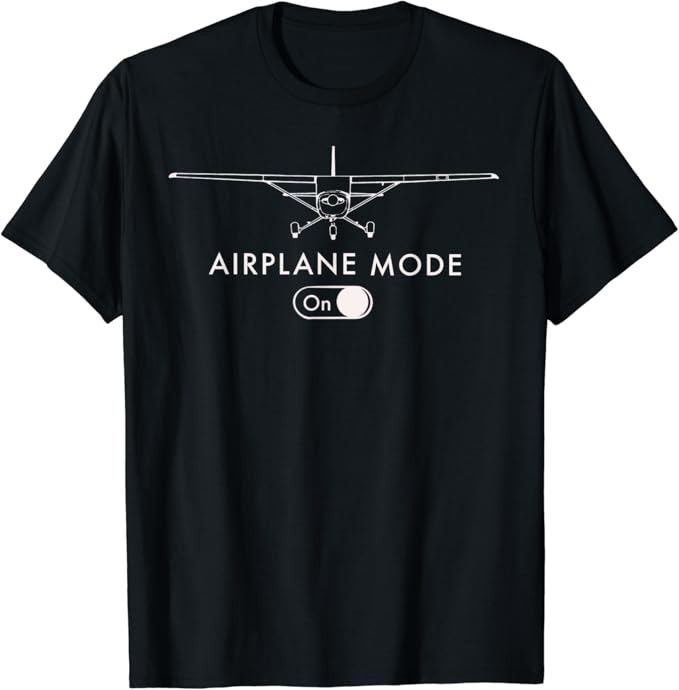
Best value

Conclusion
Ultimately, private jets are designed to provide a more comfortable and enjoyable flight experience, with advanced technology and features that help minimize the effects of turbulence.
While turbulence is an unavoidable aspect of flying, private jets have numerous advantages over commercial flights in managing these disturbances.
In addition to superior turbulence handling, private jets offer an array of luxuries and conveniences, such as spacious cabins, personalized service, and flexible scheduling.
The combination of these factors makes flying on a private jet a more comfortable and enjoyable experience for passengers.
Affordale Private Jet Offers Click Here!
Also see: Is Aviation A Good Career?





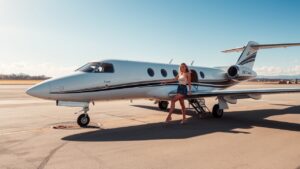





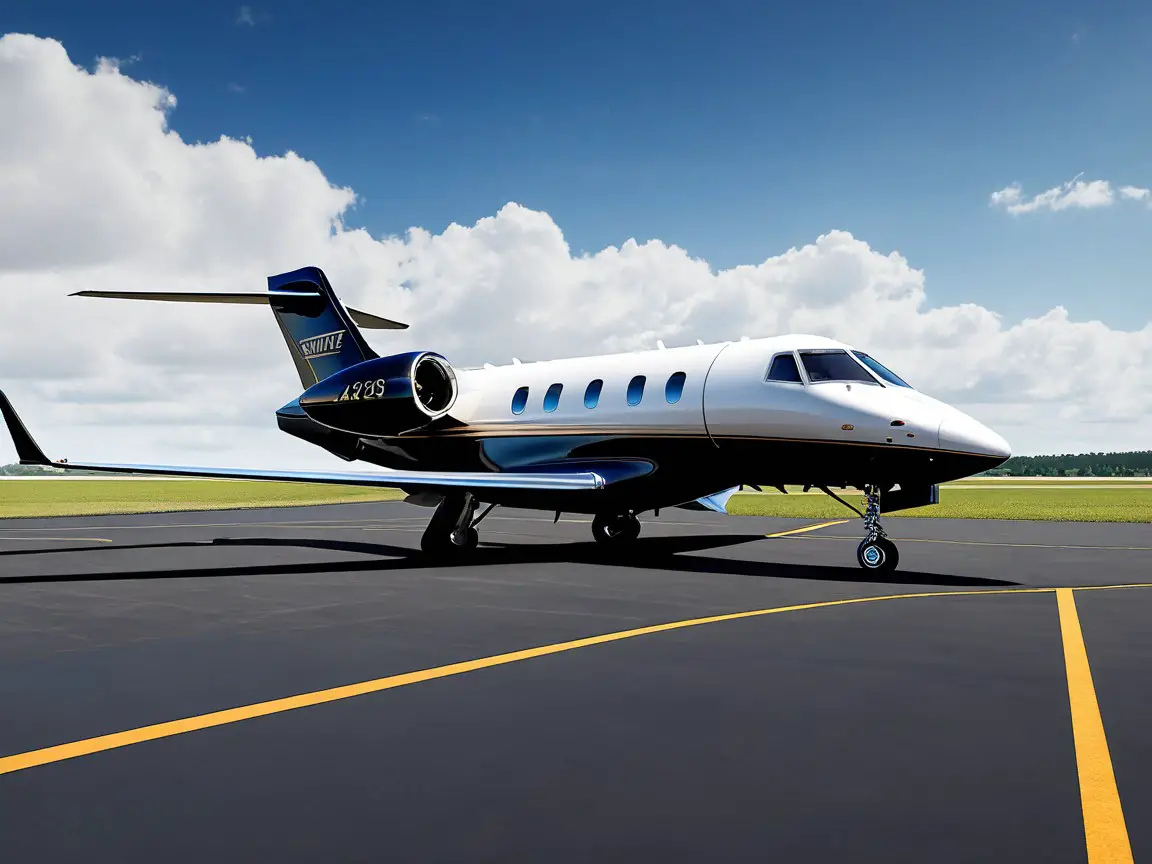
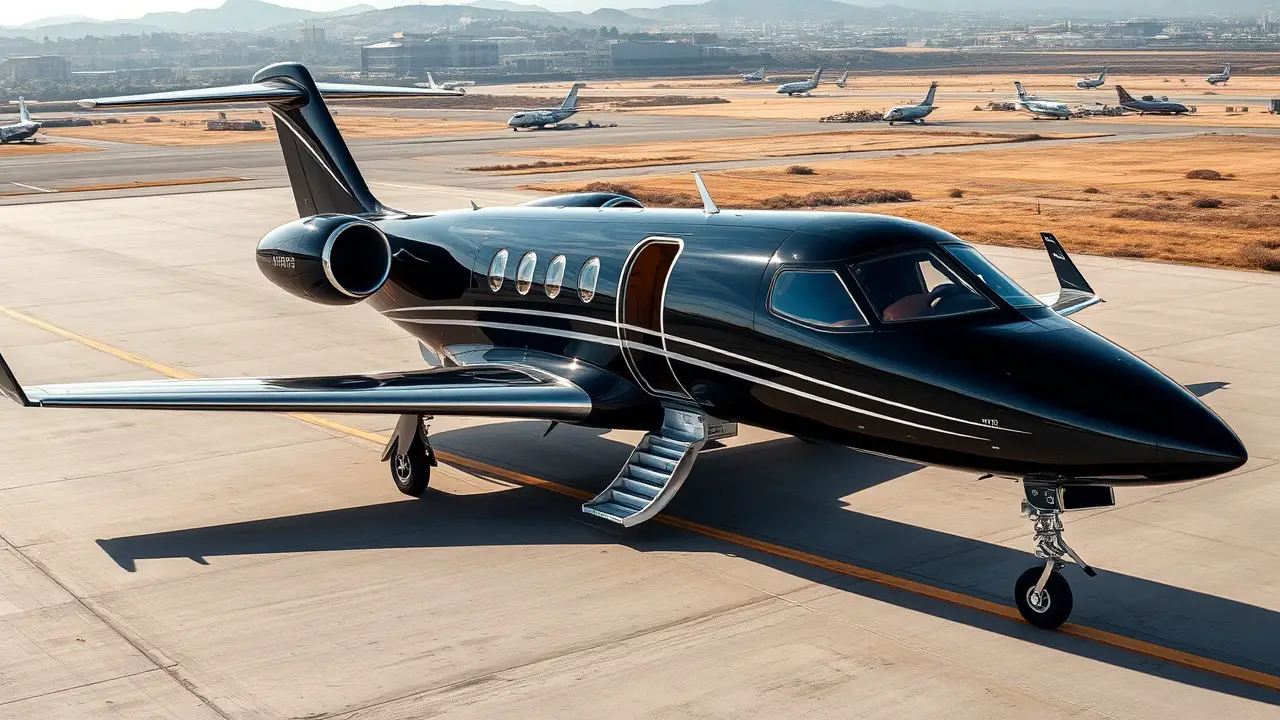
Leave a Reply